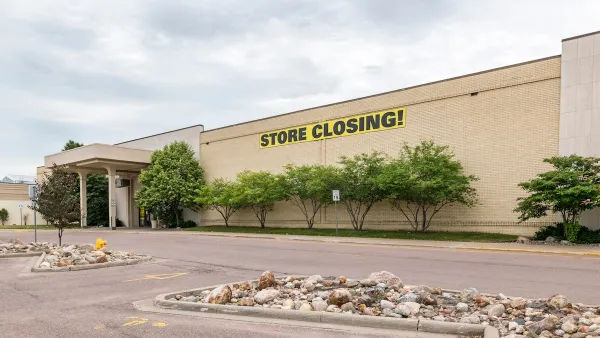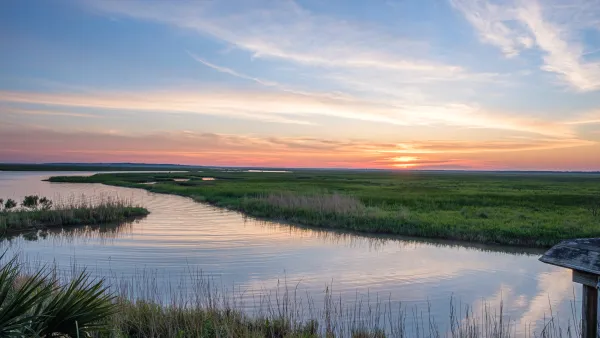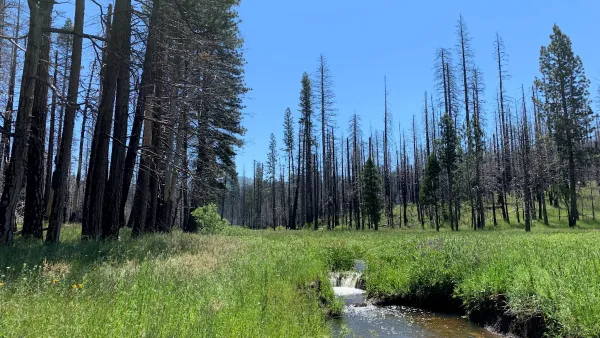The wetlands and barrier islands of Louisiana -- nature's way of absorbing tidal surges during tropical storms -- are almost gone. We may not be able to restore them.
"[The] wetlands and barrier islands that once formed the southern fringe of Louisiana have...vanished: 1,900 square miles since the 1930s, an area the size of Delaware, all gone. And it's getting worse. These days the Louisiana coast -- one of the most productive in the country -- is among the fastest-disappearing regions on Earth, dissolving into the Gulf of Mexico at the terrifying rate of 25 to 35 square miles a year.
This is extremely serious, particularly for the Cajun, French-Indian and other coastal communities that have been shrinking alongside the coast. But it is also deeply unnatural, the handiwork of all kinds of efforts to extract as much as possible from the region. The oil companies bear much of the blame since they were the ones that spent the last eight or so decades drilling and dredging the life out of the coast. But the levees and dams that tamed the Mississippi River -- and rerouted the silt that once sustained the coast -- also deserve credit. Together they have left the coast in such tattered shape that storms that might have caused minimal flooding several decades ago became surge-spewing bruisers.
[T]here are ways to patch the holes in the wetlands -- solutions like diverting rivers, and harvesting sediment and redistributing it across the ragged edges of the barrier islands and coast. But all of this requires the kind of massive, coordinated government effort -- and money -- that has yet to materialize. And unless this happens soon, unless government gets serious within the next eight or nine years, 'it will be too late,' warned [Kerry St. Pé, program director of the Barataria-Terrebonne National Estuary Program, an environmental group charged with restoring and protecting some of Louisiana's most vulnerable wetlands]. 'It's already too late for many communities.'"
FULL STORY: Can the People Who Live in Coastal Towns Ever Be Safe From Hurricanes?

Analysis: Cybertruck Fatality Rate Far Exceeds That of Ford Pinto
The Tesla Cybertruck was recalled seven times last year.

National Parks Layoffs Will Cause Communities to Lose Billions
Thousands of essential park workers were laid off this week, just before the busy spring break season.

Retro-silient?: America’s First “Eco-burb,” The Woodlands Turns 50
A master-planned community north of Houston offers lessons on green infrastructure and resilient design, but falls short of its founder’s lofty affordability and walkability goals.

Test News Post 1
This is a summary

Analysis: Cybertruck Fatality Rate Far Exceeds That of Ford Pinto
The Tesla Cybertruck was recalled seven times last year.

Test News Headline 46
Test for the image on the front page.
Urban Design for Planners 1: Software Tools
This six-course series explores essential urban design concepts using open source software and equips planners with the tools they need to participate fully in the urban design process.
Planning for Universal Design
Learn the tools for implementing Universal Design in planning regulations.
EMC Planning Group, Inc.
Planetizen
Planetizen
Mpact (formerly Rail~Volution)
Great Falls Development Authority, Inc.
HUDs Office of Policy Development and Research
NYU Wagner Graduate School of Public Service




























